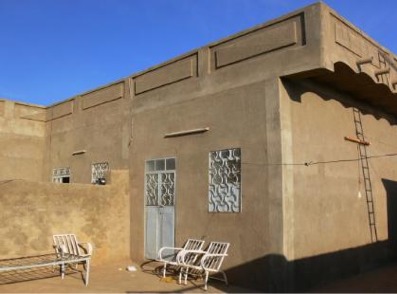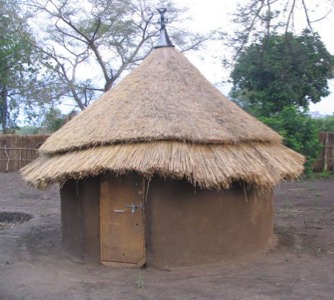Sign up for FlowVella
Sign up with FacebookAlready have an account? Sign in now
By registering you are agreeing to our
Terms of Service
Loading Flow

Housing
Most Sudanese live in simple houses of their own or rent from landlords or agricultural-scheme authorities. At last report, over half of all housing units were gottias —single rooms with round mud walls and a conical straw roof; about one-third were menzils —multi-room houses with toilet facilities. Of all dwellings, over 80% were owned. Almost every house, even in the cities, has a walled courtyard or garden. In the big cities, bungalows are provided for important government officials and high-level foreign employees. A national housing authority provides low-cost housing to government employees, rural schoolteachers, and persons in low-income groups. A town-planning ordinance provides for slum clearance and replanning of towns. Khartoum has a number of modern apartment buildings.

